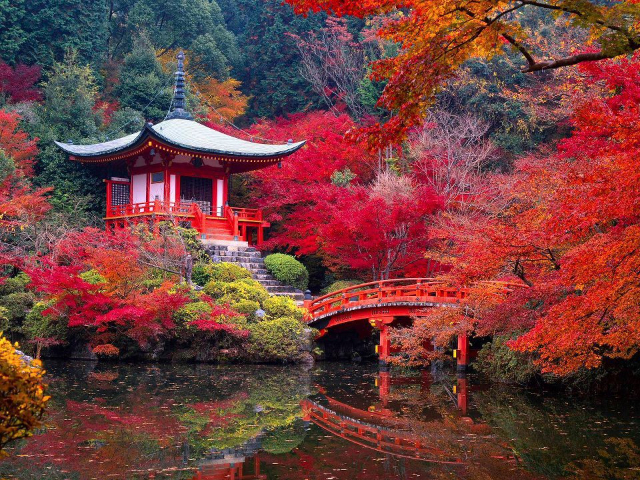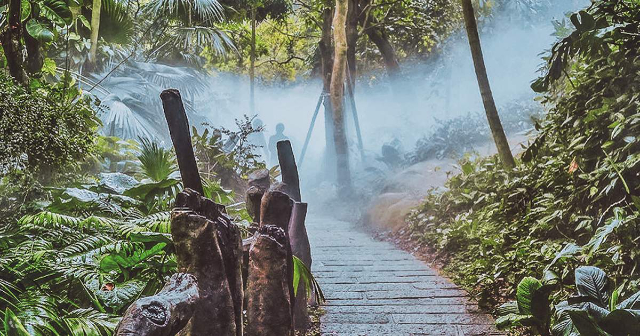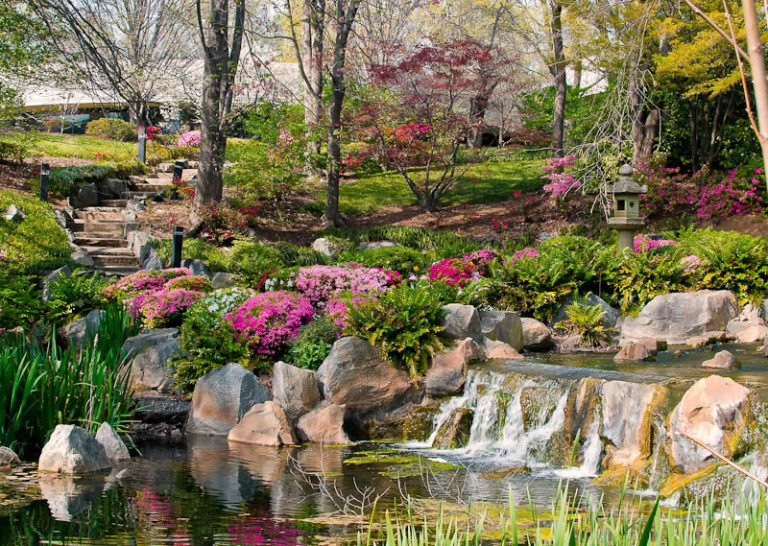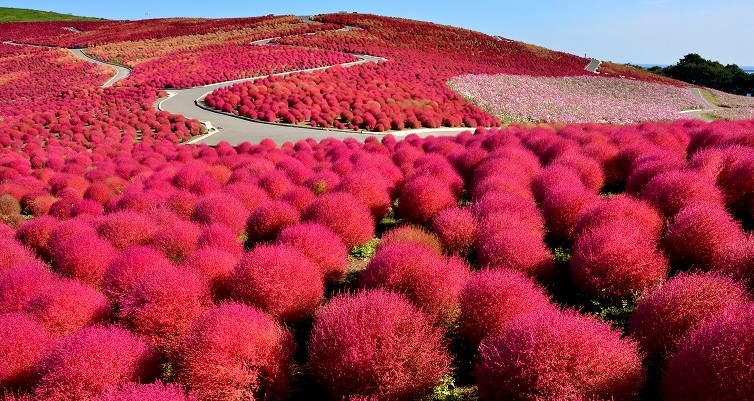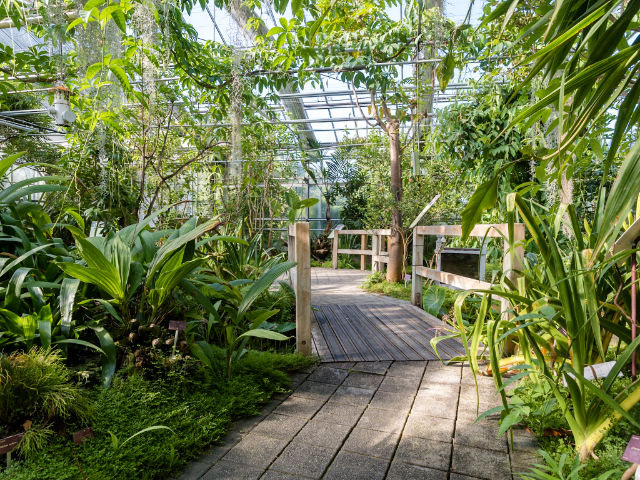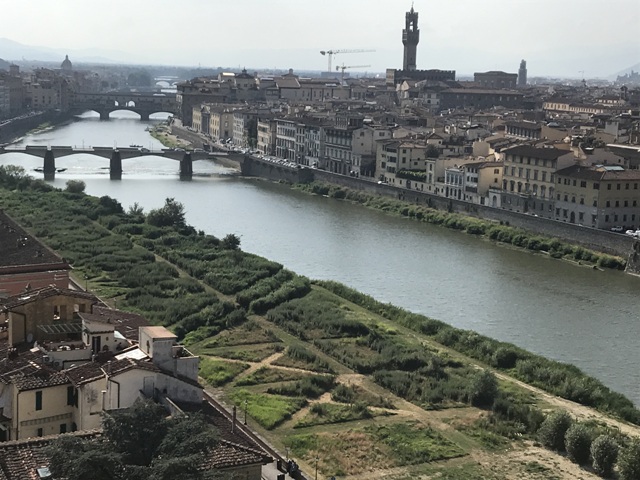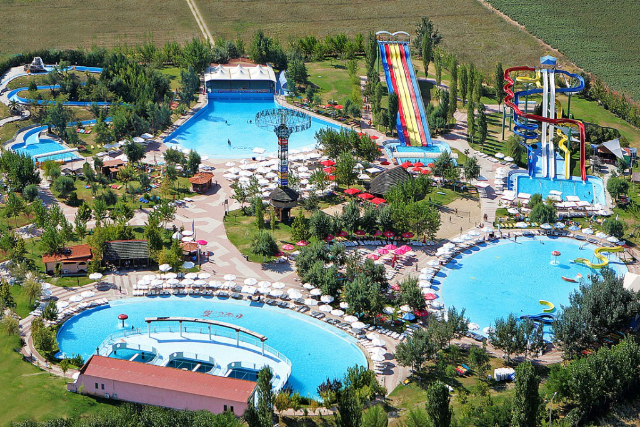During the Nara Period, thirteen hundred years ago, at the request of Emperor Shōmu, the priest Gyōki founded forty-nine Hosso Sect temples, with Saihoji temple being one of them. Originally, during the Asuka Period, the site was one of Prince Shōtoku’s villas before the temple’s establishment.
In the early Heian Period, Kōbō Daishi lived temporarily in the temple. By the Kamakura Period, Hōnen had transformed it into a Jōdo Sect temple. In 1339, amid the postwar devastation of the times, Musō Kokushi, a highly respected Zen priest in Japan, revived it as a Zen temple at the invitation of Fujiwara Chikahide, the chief priest of Matsunō Shrine.
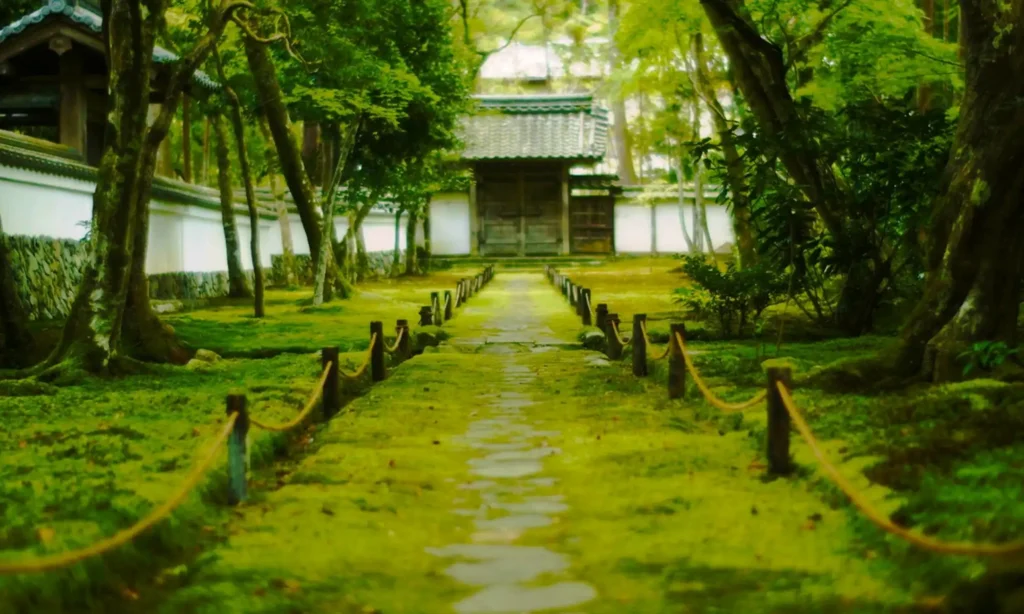
Since then, the temple has attracted many individuals interested in practicing Zazen, including Ashikaga Yoshimitsu and Yoshimasa. Saihoji is noted as the prototype of temples representative of the Muromachi Period and served as a model for subsequent temples like the famous Kinkakuji (Golden Pavilion) and Ginkakuji (Silver Pavilion).
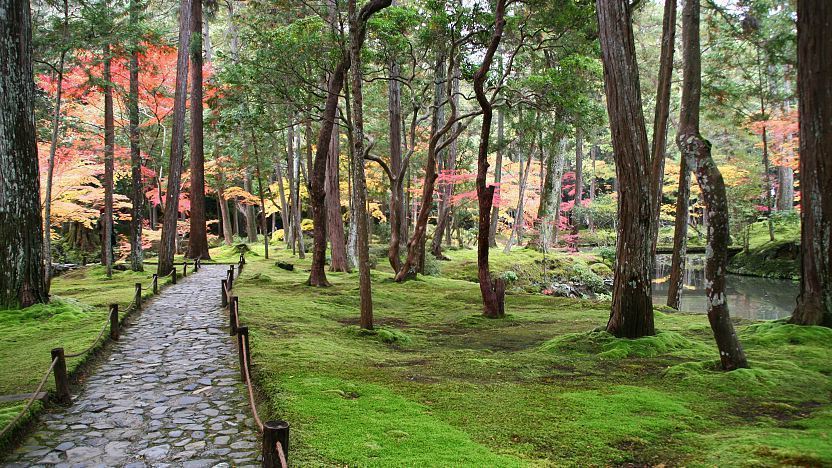
The 35,000-square-meter garden of Saihoji is recognized among the Historic Sites and Places of Scenic Beauty of Japan and was registered in 1994 with UNESCO’s World Cultural Heritage as a Historic Monument of Ancient Kyoto. Today, due to the beautiful moss that covers the area, it is also popularly known as the Kokedera (Moss Temple), drawing visitors who appreciate its serene beauty and historical significance.
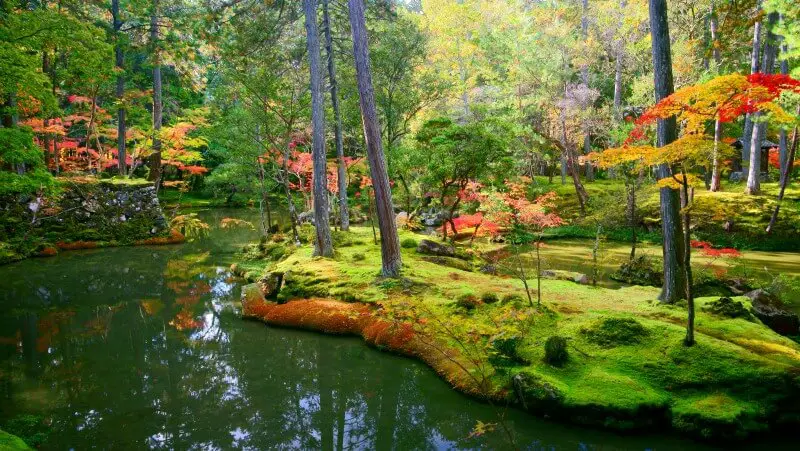
For those planning a visit or seeking more detailed information about Saihoji, resources like Secret World offer comprehensive travel guides and tips. Additionally, for those interested in exploring more of Japan’s historical and cultural sites, this comprehensive guide provides extensive information and practical advice to enhance your travel experience.

